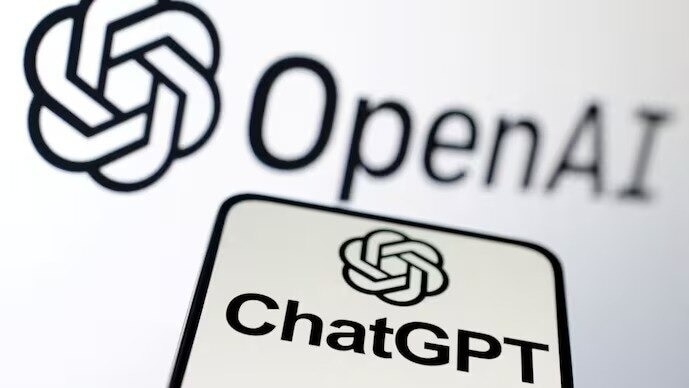The recent announcement from OpenAI regarding its new benchmark, GDPval, provides a compelling glimpse into the evolving capabilities of Large Language Models (LLMs) and their proximity to human-level performance across various industries. The benchmark aims to assess AI performance on economically valuable, real-world tasks, focusing on 44 occupations spanning 9 industries that significantly contribute to the US Gross Domestic Product (GDP), including healthcare, finance, and retail. This advancement in artificial intelligence raises several critical questions for small and medium-sized business leaders and automation specialists regarding the strategic deployment of AI tools.
OpenAI’s testing revealed that its latest model, GPT-5 high, achieved a commendable win rate of 35.48 percent against human experts. In comparison, Anthropic’s Claude Opus 4.1 outperformed it with a win rate of 43.56 percent. While the performance metrics signal a noteworthy step toward parity with human capabilities, it is essential to appraise the implications of such advancements carefully. For instance, Claude Opus 4.1 demonstrated superiority in aesthetic tasks, such as document formatting and slide layout, while GPT-5 outperformed in tasks requiring domain-specific knowledge accuracy. This division exemplifies that while AI has made significant strides, specific use cases necessitate a nuanced understanding of which model aligns best with business needs.
As leaders consider integration, the cost-effectiveness and return on investment (ROI) of automating processes with these models must be critically assessed. Many small and medium-sized businesses often operate with constrained budgets, making it essential to evaluate how these AI tools can enhance operational efficiency. Organizations that adopt AI for repetitive or well-defined tasks could see considerable reductions in time and costs, allowing human employees to focus on more complex, creative endeavors. However, the implementation of such AI solutions isn’t without challenges.
One significant consideration is scalability. While tools like OpenAI’s GPT models and Anthropic’s offerings position themselves as capable automation solutions, the cost of deployment and continuous training is a crucial metric for SMBs. Often, vendors provide tiered pricing models that can vary based on usage, processing requirements, and feature sets. Companies need to weigh the total cost of ownership against expected productivity gains meticulously, especially in dynamic environments that demand adaptability. For example, if a business primarily engages in document analysis, the higher initial investment for a robust model like Claude Opus 4.1 may yield better long-term productivity than a less capable model.
Moreover, the fear of job displacement looms large in discussions about AI integration. While some industry leaders express concern that AI capabilities could lead to widespread unemployment, OpenAI emphasizes that current AI functionalities still require human oversight. They argue that most jobs involve intricacies that transcend mere task automation. As such, AI is positioned to handle the heavy lifting of routine assignments, enabling humans to concentrate on more strategic aspects of their roles. This dynamic could actually foster new job opportunities centered around creativity, innovation, and human-centric tasks.
In assessing the competitive landscape of AI solutions, it is essential to draw comparisons not just among models but also against other automation platforms. For SMBs, a comparison between workflow automation tools such as Make and Zapier reflects a similar trend where a keen understanding of strengths and limitations cannot be overlooked. Make offers superior flexibility for complex workflows, while Zapier stands out for its ease of use, making it accessible for non-technical users. Yet, understanding the nuances of these applications is vital for leaders to ensure that their selected tools align with specific business processes and goals.
Establishing a framework for evaluating AI tools involves not only cost and ROI analysis but also assessing scalability and compatibility with existing systems. This entails not just short-term assessments but also long-term strategic foresight. As AI technology continues to evolve, companies must remain adaptable, ready to pivot in response to advancements that can redefine industry standards.
FlowMind AI Insight: The emergence of benchmarks like GDPval signals a pivotal moment in AI capabilities, illuminating both opportunities and challenges for businesses. As AI tools reach closer parity with human performance, SMB leaders should strategically assess their specific needs and invest in complementary technologies that elevate human work while enhancing operational efficiency.
Original article: Read here
2025-09-26 08:18:00

